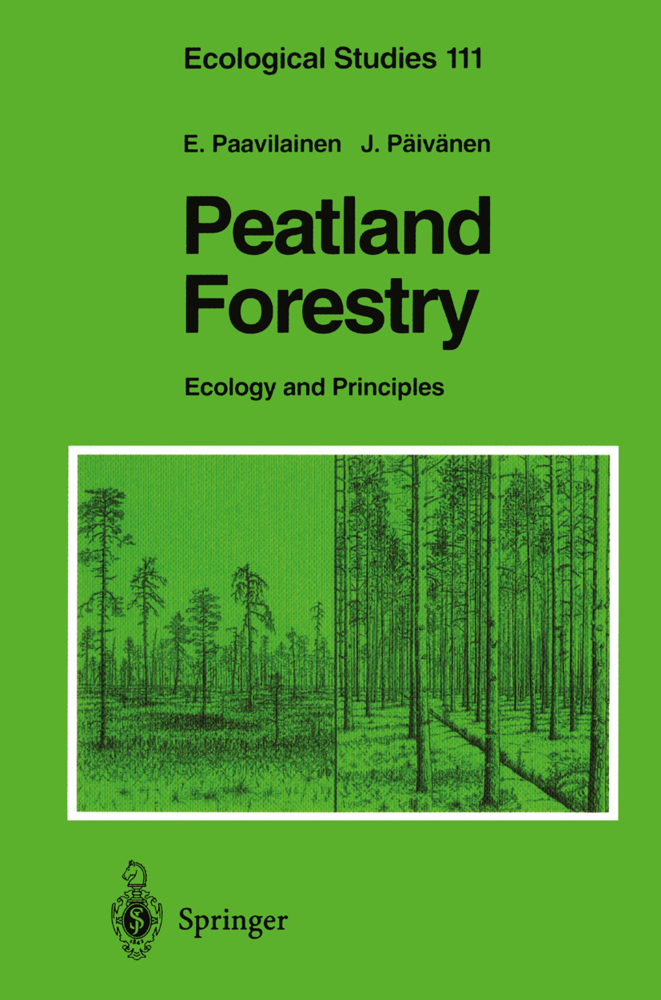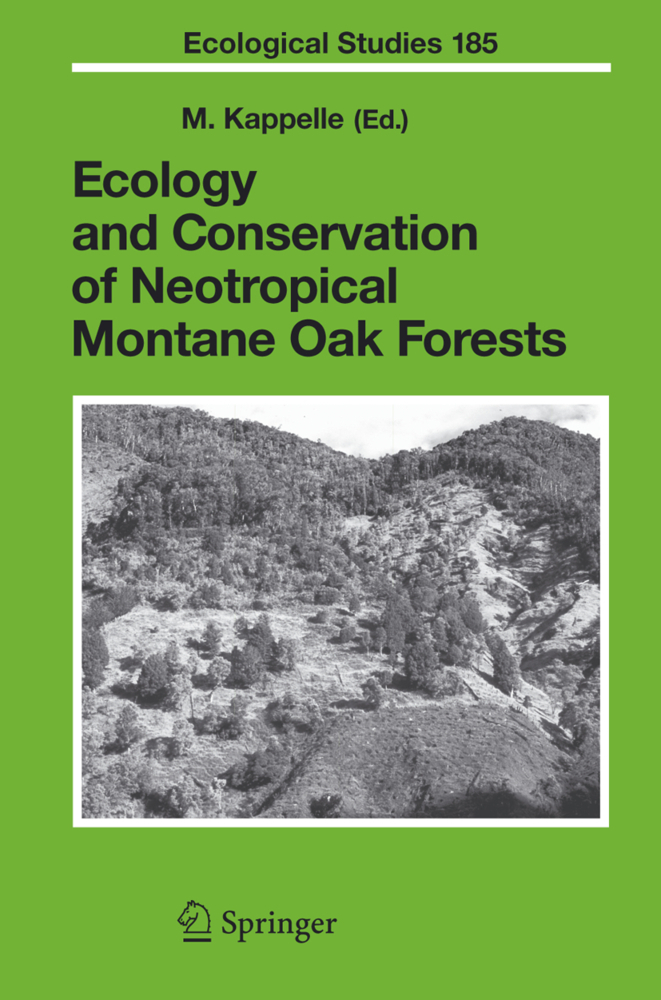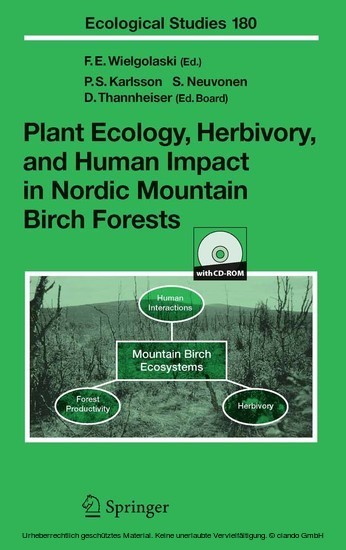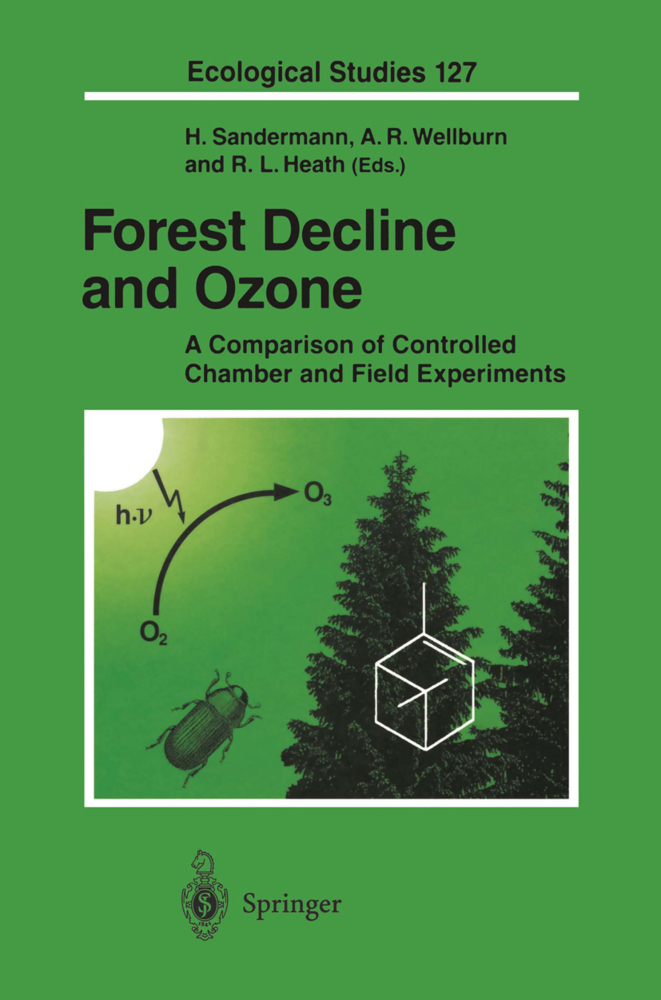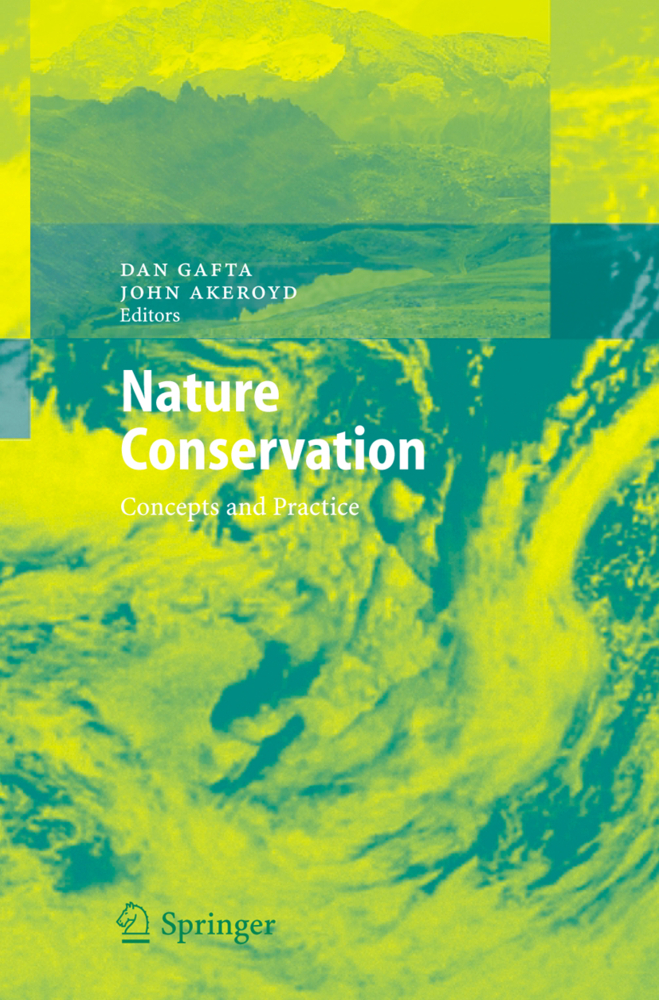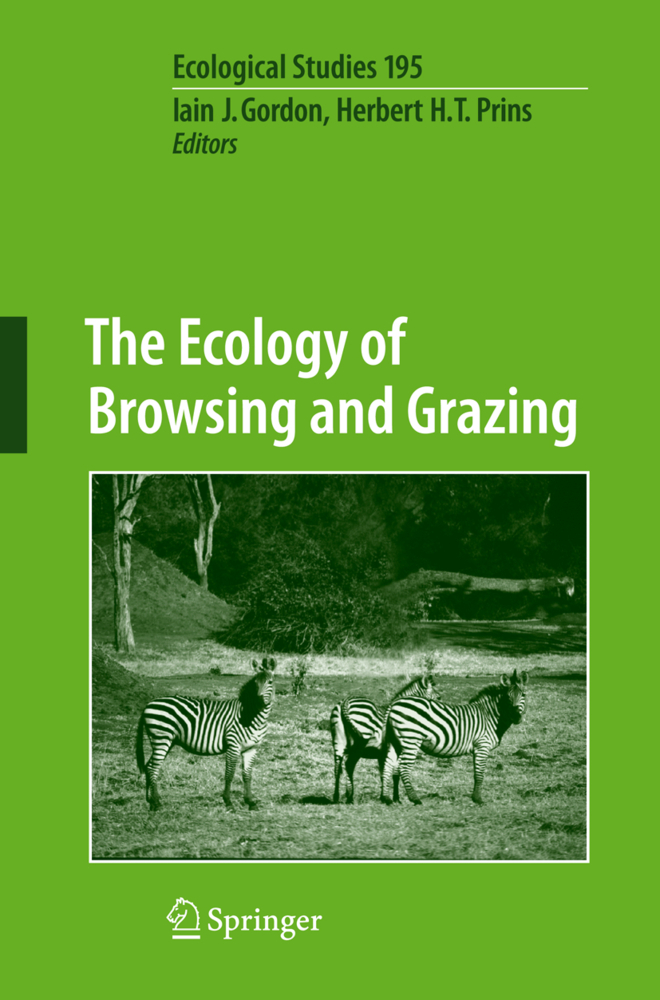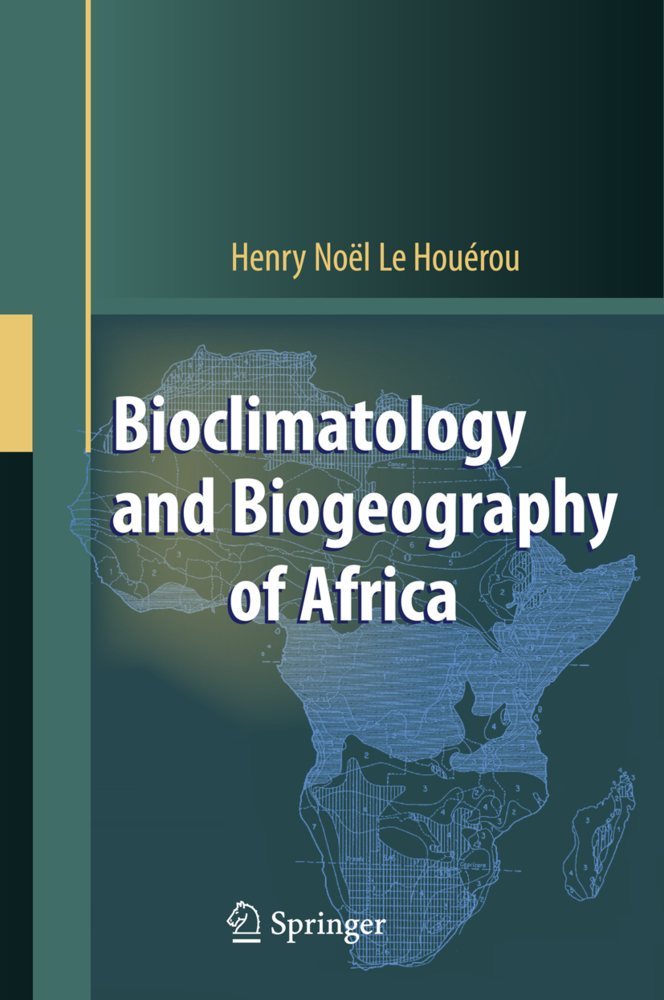Peatland Forestry
Ecology and Principles
Peatland Forestry
Ecology and Principles
Peatlands (or mires) cover at least 550 million ha globally, of which the greater part is situated between 50° and 70° N. Although the majority of peatlands are not used for human needs, there are large areas where agriculture, peat or wood production has been practiced. The suitability of peatlands for forestry differs from country to country depending on climatic conditions, raw wood demand, silvicultural management practice and tradition, as weH as the infrastructure in the remote areas considered. Peatland utilization for forestry may be divided into three efficiency catego ries: (1) exploitation (harvesting oftrees with inadequate attention to regenera tion) leading to reduction in the renewable resouree; (2) silvicultural manage ment (harvesting of trees with natural or artificial regeneration) aimed at main taining the renewable resource in a sustainable way; and (3) progressive rorest management (drainage, fertilization, afforestation, thinning, ditch maintenance, final harvest and regeneration) aimed at increasing the renewable resource. In North America, forestry utilization is changing from exploitation towards a kind of silvicultural management whereas progressive forest amelioration activities on forested peatlands and waterlogged mineral soils are part of the normal forestry practiees in Fennoscandinavia, the Baltic countries and Russia. In the British Isles afforestation of open peatlands is associated with drainage. This monograph is a review and synthesis of peatland forestry on northern peatland (mire) ecosystems. It covers peat soH properties, mire hydrology, car bon and nutrient cycling, and classification of mire sites.
3 Bases of Peatland Forestry
4 Forest Drainage
5 Forest Fertilization
6 Forest Management on Peatlands
7 Effect of Forest Drainage and Fertilization on Wood Production Capacity
8 Environmental Effects of Peatland Forestry
References.
1 Peat and Peatlands
2 Utilization of Peatlands3 Bases of Peatland Forestry
4 Forest Drainage
5 Forest Fertilization
6 Forest Management on Peatlands
7 Effect of Forest Drainage and Fertilization on Wood Production Capacity
8 Environmental Effects of Peatland Forestry
References.
Paavilainen, Eero
Päivänen, Juhani
| ISBN | 978-3-540-58252-6 |
|---|---|
| Article number | 9783540582526 |
| Media type | Book |
| Copyright year | 1995 |
| Publisher | Springer, Berlin |
| Length | XI, 250 pages |
| Illustrations | XI, 250 p. |
| Language | English |

